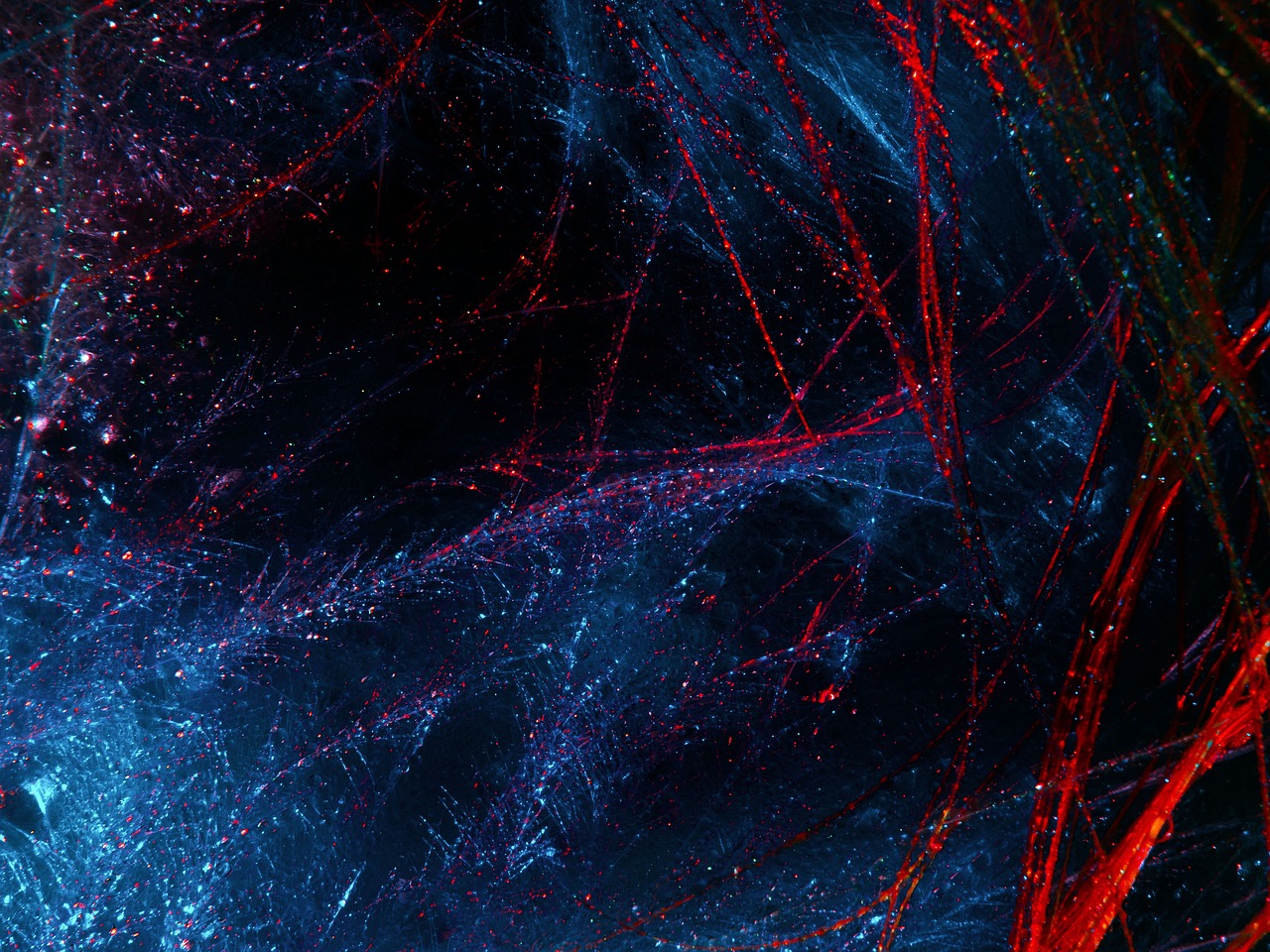Chiharu Shiota, hailing from Osaka in 1972, is an extraordinary artist who weaves vast webs of thread through space with the virtuosity and grace of a spider. Encapsulated within these webs are fading traces and memories (keys to doors long gone, worn-out shoes, wedding dresses, grand pianos…) as if ensnared in the tangled skein of memory. Her art explores the presence within absence, life and death, and the fragility lurking behind beauty. These are the themes of a deep and poetic art form that astonishes on a global scale. For Shiota, people are born and die, but objects remain, bearing the memories of those who once used them. “I feel their human presence in the patina they exude. This leads me to ponder the essence of being human. What remains of us when our bodies are gone?” questions the Japanese creator, now settled in Berlin, returning to Barcelona, this time at the Fundació Tàpies, following her 2012 exhibition, presented by Menene Gras at Casa Àsia.
Since then, Shiota, who has also showcased at the Sorigué Foundation and the Liceu, has transitioned from relative obscurity to becoming a beacon in the contemporary art scene, thanks to her exquisite installation – The Key in the Hand – which generated waves of admiration and catapulted her to immense popularity at the 2015 Venice Biennale. A monumental red cloud from which 50,000 keys collected from various corners of the globe hung over two boats. On that occasion, as with Each Person, A Universe, the exhibition she now presents at the Tàpies, Shiota utilises red thread, the colour of blood, as a metaphor for that which identifies us and connects us to others. The artist fills an entire room with a swarm of threads linking about forty chairs sourced from flea markets. The idea struck her upon seeing Nuvol i Cadira on the facade of the Fundació. “When I look at them, I see people, all sitting next to each other, but each person is a universe unto themselves.”
Shiota shares a common interest with Tàpies in tackling humanity’s grand questions. The theme of death also recurs for both, possibly because, she reflects, both have “endured the fate of surviving a severe illness.” Tàpies produced his first drawings while recovering from a serious lung disease. For Shiota, the aggressive ovarian cancer diagnosed in 2016 led her back to paper and pencil, to work with materials that would endure beyond her body and ensure its ongoing presence. Working with threads and wires gives her the illusion of drawing in mid-air. She doesn’t need a canvas or brush, but facing the prospect of death, she found it unbearable that her installations vanish after each exhibition.
